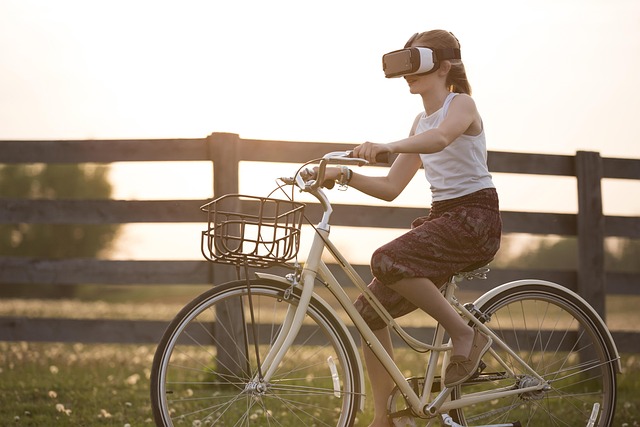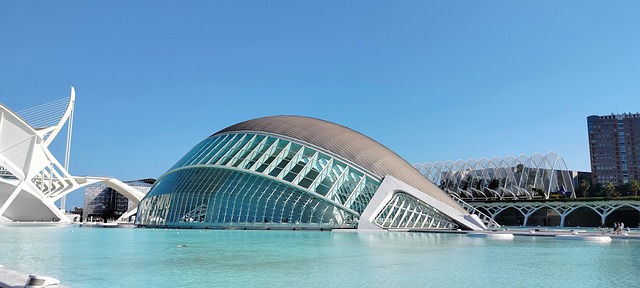As technology continues to advance at an unprecedented pace, the concept of a virtual environment is no longer just a figment of our imagination but a tangible reality that we are only beginning to explore. From the thrilling worlds of virtual reality (VR) to the captivating layers of augmented reality (AR), and the sprawling expanse of the metaverse, immersing oneself in these environments offers a unique gateway to experience life differently.
Virtual reality transports us entirely to new dimensions. With the help of VR headsets, users can find themselves on a distant planet, engaging in an epic battle, or wandering through historical landscapes that are long gone. The sense of presence in these virtual environments is profound. You’re not just watching a screen; you are a part of it. One moment, you’re scaling a virtual mountain; the next, you’re swimming alongside vibrant marine life in a coral reef. These immersive experiences can evoke emotions ranging from excitement to tranquility, making VR a powerful medium for storytelling and exploration.
On the other hand, augmented reality enhances our real-world interactions by overlaying digital content onto our environment. Imagine walking through your hometown and suddenly seeing a dragon appearing above your house, all thanks to a simple AR app on your smartphone. This fusion of the real and virtual worlds sparks creativity and imagination, as it opens up endless possibilities for how we engage with our surroundings. Whether it’s enhancing a museum exhibit or bringing a favorite character into your living room, AR is a testament to how virtual environments can elevate everyday experiences.
The concept of a metaverse takes this immersion one step further, encapsulating numerous virtual environments within a single, expansive universe. As platforms like Decentraland and Facebook’s Horizon Worlds come into fruition, users will be able to interact, create, and even conduct business in a shared digital realm. The metaverse promises a merging of social media, gaming, and commerce, where individuals can live and create in countless ways. Picture attending a concert with friends from around the world, mingling with avatars and sharing moments as if you were right there together, breaking down geographical barriers in the process. The potential for community and connection in the metaverse is a frontier that is just starting to be navigated.
As we delve deeper into these virtual environments, the implications are vast. Education systems are evolving, with institutions offering students immersive learning experiences that were previously unimaginable. Imagine learning about ancient civilizations by stepping into their world, engaging directly with interactive holograms while your instructor guides you through a virtual tour. The immersive nature of these environments can enhance understanding and retention, paving the way for a new era in education.
Furthermore, the mental health sector is also exploring these technologies, using virtual environments as therapeutic aids. For example, exposure therapy in controlled VR settings can help individuals face their fears in a safe space, providing a deeper level of engagement and participation than traditional methods. The transformative power of immersive experiences can lead to significant breakthroughs in personal growth and healing.
As we explore these diverse applications of VR, AR, and the metaverse, it is essential to consider how we navigate these virtual environments. Ethical considerations, user privacy, and the implications of digital interactions pose essential questions that society must address. What responsibilities do we have towards one another in these spaces? How do we ensure that the virtual environment we create is inclusive and supportive for all? The technology may be innovative, but the human experience at its core remains timeless.
Embarking on this journey through immersive worlds opens doors to infinite possibilities. Each click, swipe, and gaze into the virtual environment allows us to redefine our understanding of reality, enhance our interactions, and create meaningful connections. As we look ahead, the opportunity to shape these experiences lies in our hands, and it is an exciting time to be part of this evolving digital landscape.



